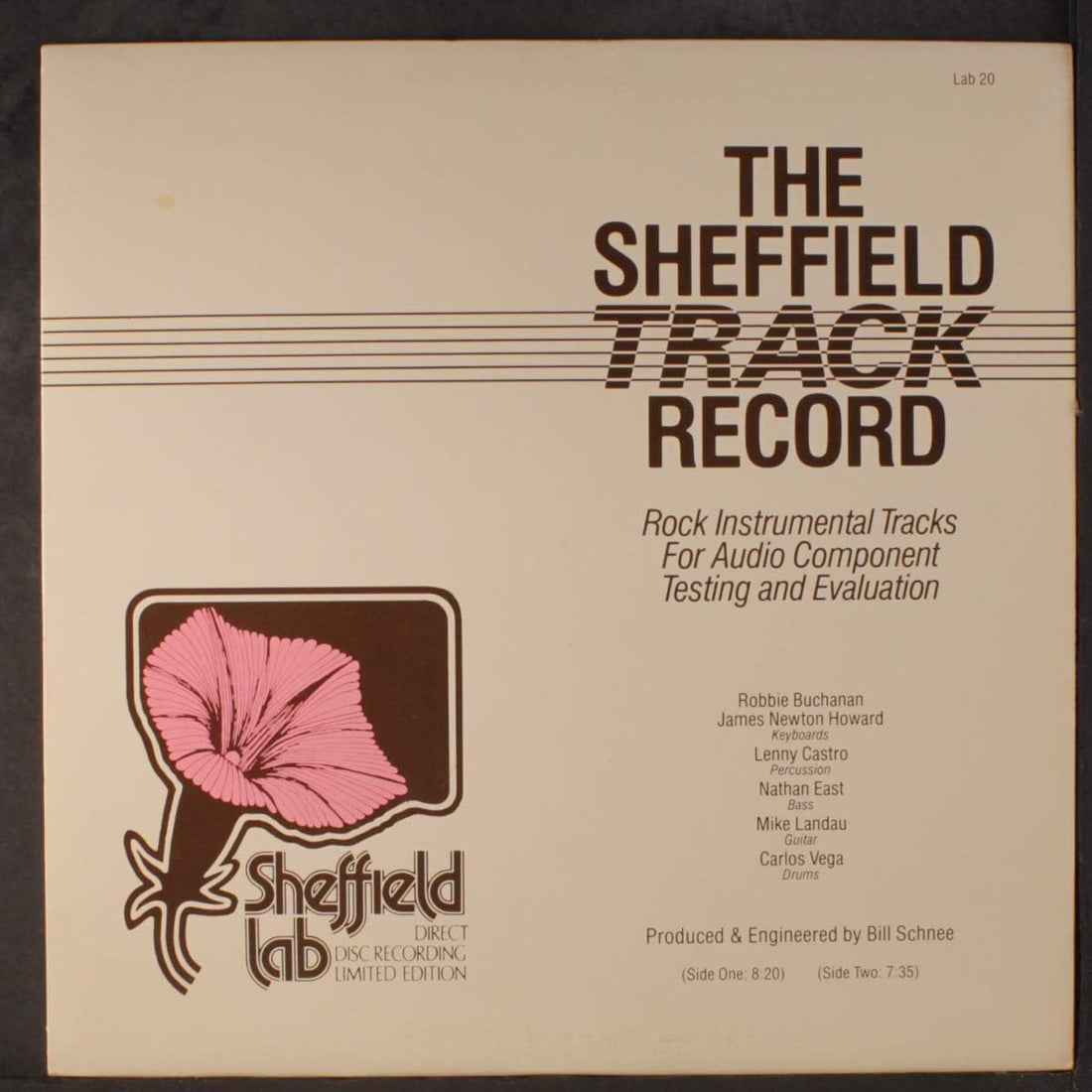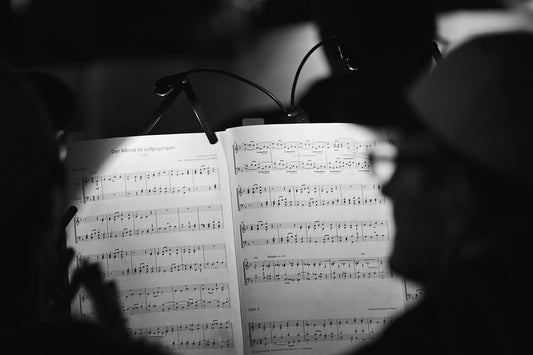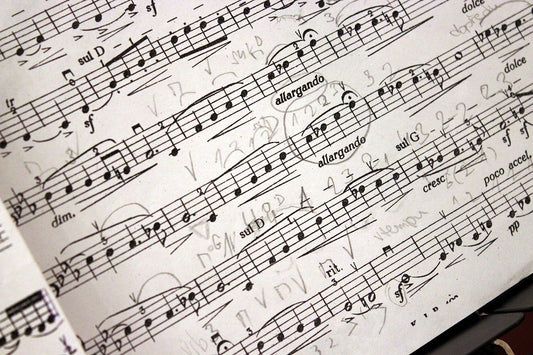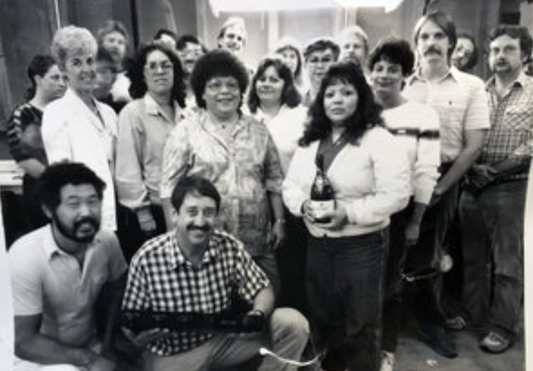For many years, record labels like mastering engineer Doug Sax's Sheffield produced some extraordinary vinyl call Direct To Disc (DTD).
The idea behind this type of recording was to eliminate the intermediate step of the tape deck. Doug, who made his living mastering tape recordings knew all too well the limitations of dynamic range and frequency response of magnetic tape recorders. Thus, if he went directly from the studio microphones into the vinyl cutting lathe, the improvements, especially in dynamic range, should have been quite noticeable.
And they were. Those early Sheffields and the releases from the multitudes of other labels that followed in his footsteps are some of the best sounding vinyl ever produced.
What stands out most from these DTD products is their extraordinary dynamic range: the whack of the kick drum, the snap of the snare were unlike anything we had heard before.
Fast forward to a modern recording on DSD where the dynamic range is easily 30dB greater than even the best DTD and you might wonder why more recordings fail to sound even as dynamic as those old Sheffields.
The answer lies in a couple of areas: intent and practical limitations.
With respect to intent, Sax understood the appeal of dynamics and worked hard in those recordings at making sure the music supported them, even to the point of exaggeration (listen to the kick drum on Lincoln Mayorga's You Are the Sunshine Of My life). The other factor—practical limitations—plays a big part as well, but I have come to wonder if it is as big as the elephant in the room we currently suspect it is.
The quietest 30 dB of any recording's potential dynamic range is pretty much useless because the ambient noise in our rooms is quite high. In a typical quiet bedroom we're looking at perhaps 30dB while in a living room you can add in another 10dB of obfuscating noise. What this means is that with vinyl's dynamic limitation of 70dB and a CDs of 100dB, you don't have a lot to work with because the quietest notes on the recoding must be above the background noise level of the room—which means you're throwing away 30dB of possible dynamics.
In order to rise above the ambient noise in a room the signal can't get too quiet or it'll be lost.
Some of the recordings I have been making as of late at Octave Records have been almost frighteningly dynamic—far exceeding anything I have ever heard in a recording. Most of the dynamics are in the drum kit.
In any case, just a bit of rambling as I try and figure out how best to offer this to Octave Record listeners. My best guess is that in the end, it is intent that will make for the most dynamic recordings.
I think Doug had that figured out 40 years ago.









